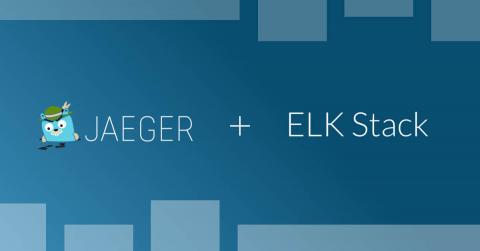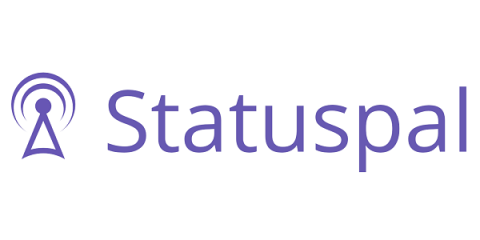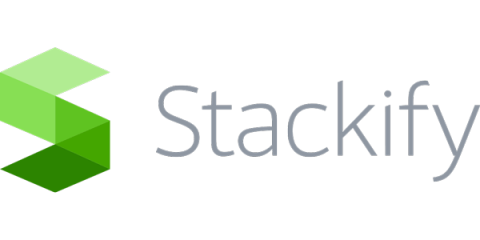Gain more control of your incidents with Incident Split & Merge
Usability and control are key elements in BigPanda’s Operations Console, where IT Ops, NOC and DevOps users investigate and take action on IT incidents. Let’s take a look at how BigPanda’s powerful Split Incident and Merge Incidents features provide IT Ops with an added layer of control. BigPanda’s Open Box Machine Learning correlates and enriches the overwhelming amount of alerts IT Ops needs to deal with into a reduced number of insight-rich incidents (often 95% fewer).











